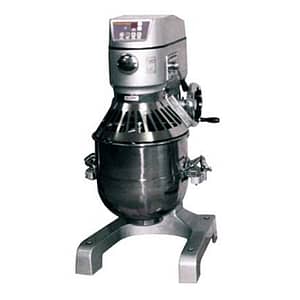Upgraded Cooking Performance with the Fagor 2 Grid Gas Grill
Lot Number: QLD-7
Class: 1
Conditions: Small scratch & or dent – as new
Warranty: 12 Months
The gas cookers in the 700 Series can be fitted with open burners, ovens, fry-tops, hotplates, pasta cookers, barbecues, cooking pots, fryers, bain-marie and Bratt pans – allowing for maximum variation and flexibility, according to customer needs.
Fagor 700 series – Natural gas charcoal 2 grid grill BG7-10
The gas cookers in the 700 Series may be fitted with open burners, ovens, fry-tops, hotplates, pasta cookers, barbecues, cooking pots, fryers, bain-marie and Bratt pans, combined in different ways to meet the needs of each customer. Made of austenitic stainless steel, the cookers in this range have tilted control panels to provide better access to the buttons and controls on the front of the machine, in addition to built-in handles and grease collection trays. The equipment in the 700 Series is formed by machines with the highest operating powers on the market, with excellent performance and recovery ratios.
- Made of stainless steel.
- Burner in stainless steel with pilot.
- Piezoelectric burner ignition. Safety valve and thermocouple.
- Lava rocks.
- 2 cast iron grids. Grid dimensions: 340 x 500 mm.
- The angle of the cooking grid can be adjusted
- to three positions.
- Fat collector.
Power: 50 mj/h or 14KW
Dimensions: 700 x 780 x 290 mm.
Frequently Asked Questions
How do I install the Fagor 700 Series 2 Grid Gas Grill?
Installation should be performed by a certified technician. Ensure that your location has the correct gas type and pressure, and that you have adequate space and ventilation as outlined in the installation manual.
Is the Fagor BG7-10-QLD7 compatible with different types of gas?
Yes, the Fagor 700 Series Grill can operate on both natural gas and propane, though conversion kits may be required and should be installed by a professional.
What regular maintenance does the Fagor 2 Grid Gas Grill require?
Regular maintenance includes cleaning the grill grids after each use, checking the gas connections and lines, and periodically checking the ignition system for optimal performance.


















